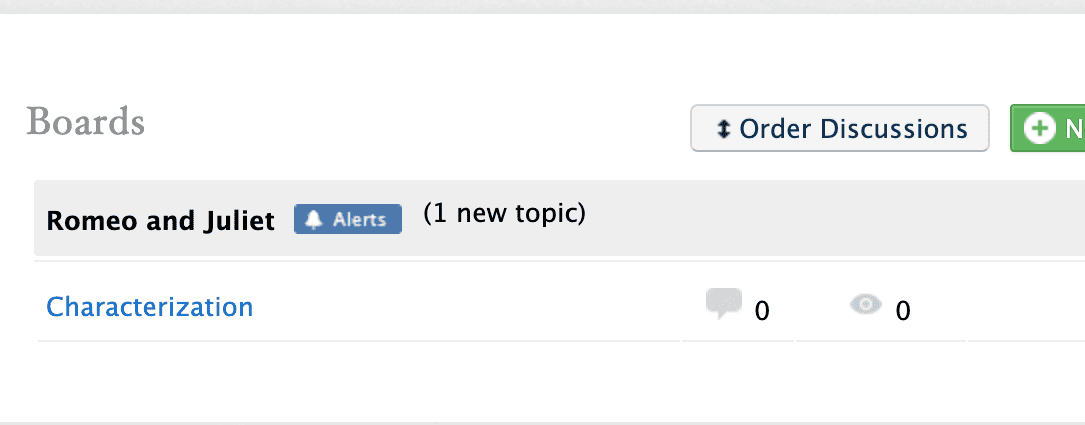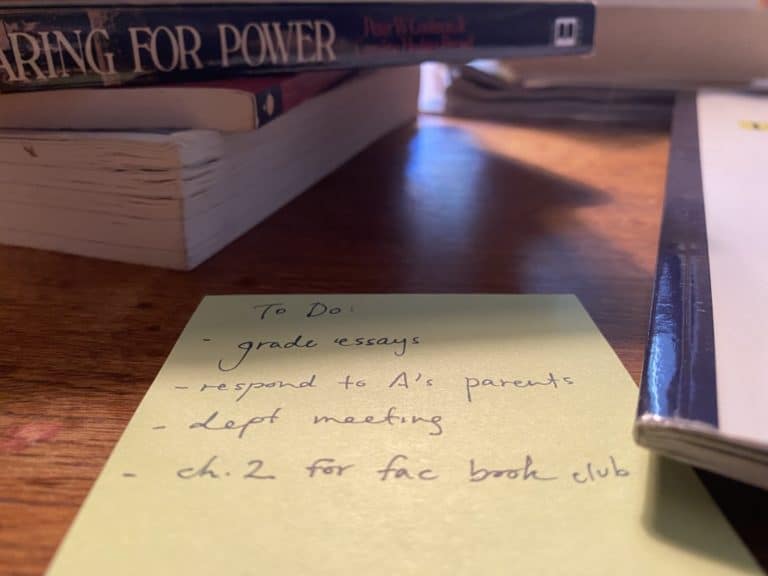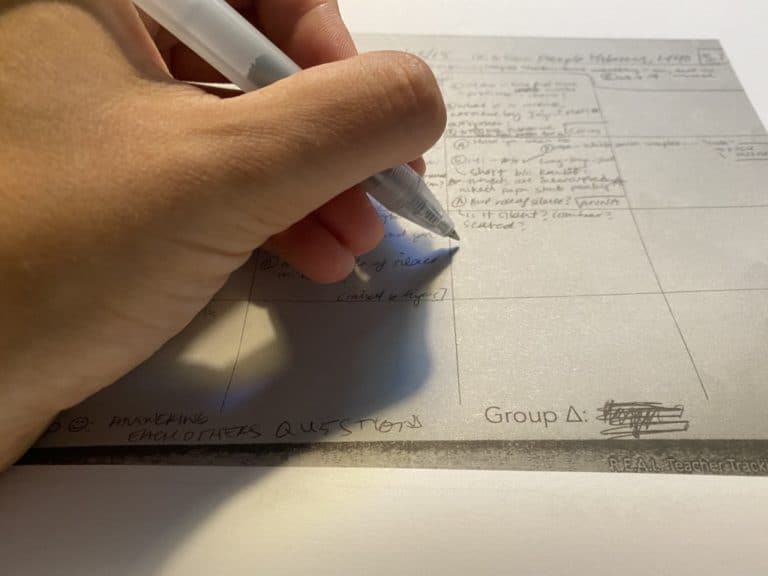Better Protocols for Online Discussion Boards
Footnotes posts summarize the newest research related to student-led discussion. Think of it as teacher-approved SparkNotes (with better citations) for papers published by top schools of education, research-based websites, and the think tanks.
Instructional Design @USF, “The Power of Discussion Boards.” Lately, teachers have scrambled to move class discussions online. While teachers share methods for Zoom calls and Google Hangouts, few internet resources revisit the humble Discussion Board, a mainstay of college courses that fewer middle and secondary teachers employ. The Instructional Design Lab at the University of San Francisco released this blog post — years before the arrival of pandemic — the revisit the purpose and capabilities of an online discussion board. Notably, the Design Lab suggests that asynchronous discussions must be intentionally planned in ways that mirror synchronous, in-person ones in order to facilitate community and learning online. Among their more surprising recommendations: creating solid space limits for each student, and stating the purpose of the exercise. We like these recommendations for the way they support research on equity and engagement in the classroom, and for the practical frame they provide for using an underutilized online discussion resource. We suggest applying these design protocols to discussions on a shared Google Doc or even an in-class collaborative writing activity.





